Before refrigerators were invented, what was life like? Well, daily life evolved around the challenge of preserving perishable foods. If you’ve watched the movie “Little House on the Prairie,” you might recall the scene where Almanzo Wilder delivers ice to the saloon.
In the old days, nearly every household relied on ice boxes to keep food cool with blocks of ice. People needed regular ice deliveries and had to be careful with perishable foods. It was a time when creativity and necessity played a big role in how families stored and cared for their food at home.
Ice and ice boxes were popular
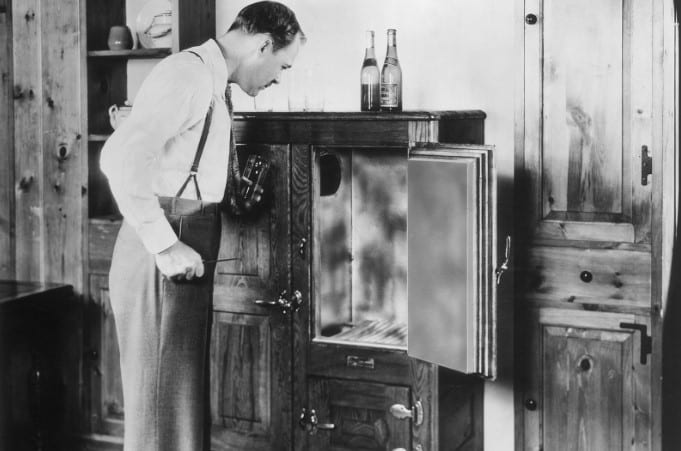
Ice became essential as society grew accustomed to fresh fish, meats, dairy, and fruit. Iceboxes were widely used during the 19th and early 20th centuries. By the beginning of the 20th century, nearly every grocer and barkeeper had an “icebox,” which served as a cooler.
These boxes were typically wooden, lined with tin or zinc, and insulated with sawdust or straw. Inside, a large block of ice kept the contents cool temporarily, with a drip tray collecting the melting water.
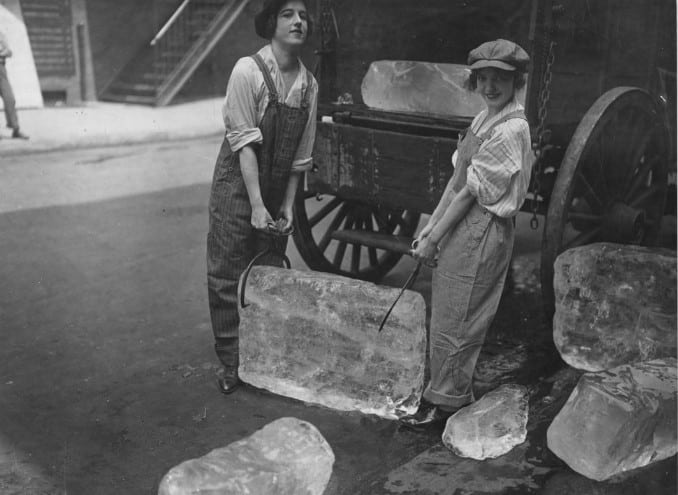
Families also started buying them. They purchased ice blocks weighing between 25 to 100 pounds, delivered by the “ice man” in horse-drawn wagons, later by trucks, often daily due to the ice melting quickly.
This era marked a thriving period for the ice delivery business.
The ice delivery business was booming
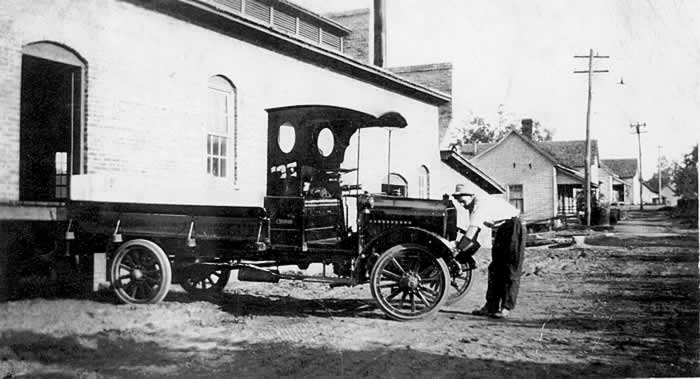
Many ice plants were established to meet the need, delivering ice daily from the plant to homes.
The iceman would check the number on the ice card to know how much ice the customer wanted. He would then retrieve the requested pounds from under the straw, using a pick to break up large blocks. With ice tongs in hand, he would hoist the ice over his shoulder, wrapped in sheepskin, and place the blocks in the designated delivery box.

Being an iceman was tough work. They started their days as early as 4 a.m. and often didn’t finish until late evening, sometimes as late as 8 or 9 p.m. Most worked every day of the week, including holidays, depending on the season and the day of the week.
It is said that during the Great Depression of the 1930s, children in Groveport had a trick. They would distract the ice delivery man while others chipped off ice from the back of his truck.
These chunks were sold for a penny each to laborers and workers trying to cool off on scorching summer days. It showed just how valuable ice was during hot weather.
How the refrigerator’s invention impacted ice delivery and the use of iceboxes
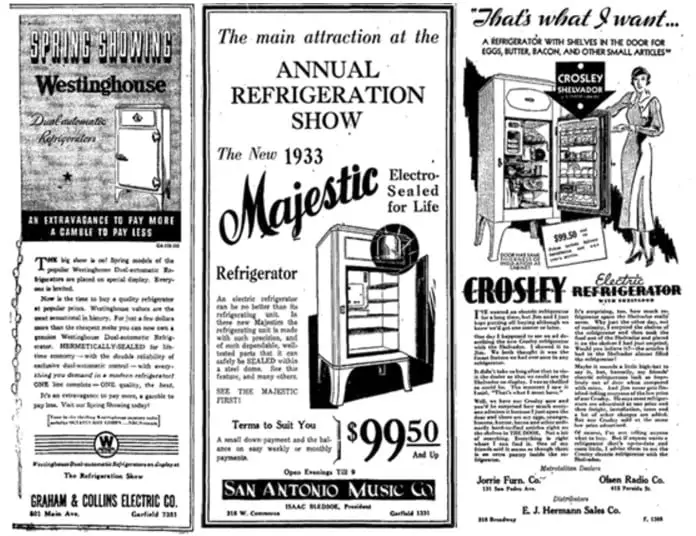
Iceboxes were widely used in homes until the electric refrigerator came along in the 20th century. Though electric refrigerators existed in the early 1900s, it wasn’t until the 1930s that they became more reliable and affordable.
At the beginning of the decade, only 8 percent of American homes had a refrigerator, but by the end, 44 percent did. By the late 1940s, refrigerators had become a common household feature across America.
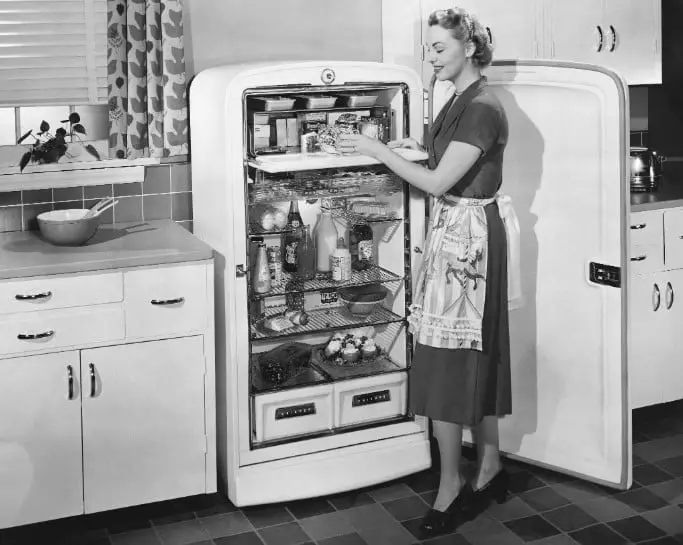
While the making of “mechanical ice” from ice factories and the rise of motor vehicles, ice became more accessible.
However, electricity was transforming the world, forcing ice delivery companies to adapt or close down. Some began to stock cold grocery items like milk and eggs alongside their ice.
Joe Thompson, an employee of Southland Ice Company, followed this trend. He kept his shop open from 7 a.m. to 11 p.m., offering ice and dairy products.
As ice became less central to his business, he expanded his inventory to include more groceries and convenience items, eventually renaming his shop Seven-Eleven in 1952.
Although some iceboxes were still used until World War II, they largely disappeared by the 1950s.


